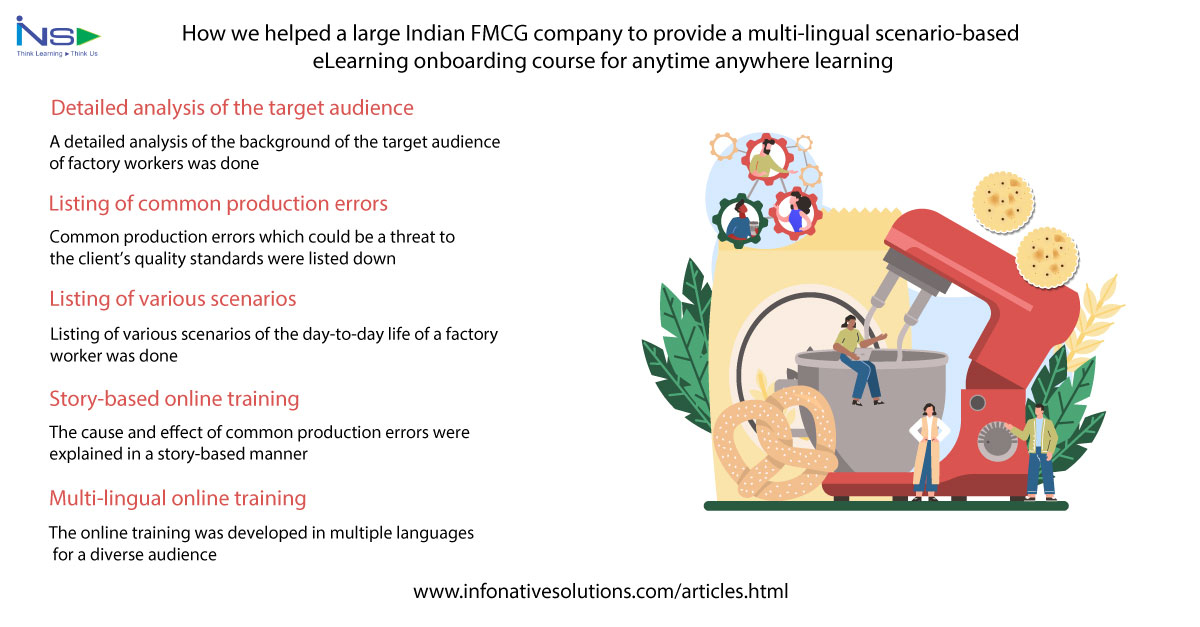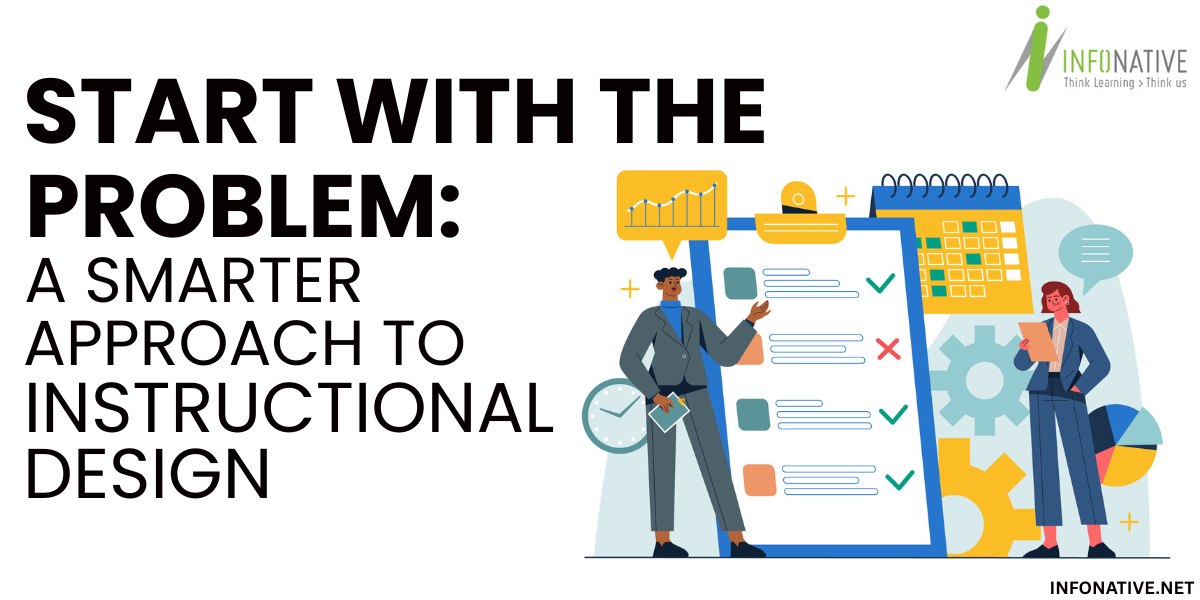The knowledge economy demands effective learning experiences. Instructional designers serve as the masterminds behind the creation of captivating training modules, enabling learners to attain fresh skills and knowledge. But what are the essential elements you need to master to excel in this dynamic field? This article dives into the core principles of instructional design, equipping you with the foundational knowledge to create impactful learning experiences.
1. Understanding Your Audience
The effectiveness of instructional design hinges on comprehending the distinct requirements of your learners. Consider crafting an exclusive training curriculum for fresh graduates versus veteran employees. Their existing knowledge, preferred learning styles, and motivations would be vastly different.
This is where needs assessments and audience analysis come in. These are like x-ray glasses for instructional designers, revealing crucial information about your target audience. What's their current knowledge level? Do their preferences lean towards visual aids or hands-on activities? What are their goals and motivations for taking the program?
By uncovering these details, you can tailor the entire learning experience. Content complexity can be adjusted, delivery methods can be chosen to cater to different learning styles (think videos for visual learners, podcasts for auditory learners), and the overall program can be structured to keep them motivated and engaged. After all, the more you understand your audience, the better you can resonate with them and create a truly impactful learning experience.
2. Defining Learning Objectives
Think about a training course that has no apparent end goal. Learner's wander, wondering what they're supposed to gain. This marks the point where SMART learning goals become relevant. They act as the compass for your instructional design journey.
SMART represents Specific, Measurable, Attainable, Relevant, and Time-sensitive. These objectives clearly define what learners should be able to do after completing the program. For instance, instead of a vague goal like "understand marketing," a SMART objective might be "by the end of the course, learners will be able to identify the four Ps of marketing (Product, Price, Place, Promotion) and explain their role in a marketing strategy."
Measurable objectives allow you to assess if learners have achieved the desired outcome. This could involve quizzes, practical exercises, or projects that demonstrate their newly acquired knowledge or skills.
SMART objectives ensure your program is relevant to your audience's needs and achievable within a specific timeframe. They guide the development of content, assessments, and activities that directly target these objectives, maximizing the chances of learners reaching their learning goals. By setting clear SMART objectives, you create a focused and effective learning experience that takes your learners exactly where they need to be.
3. Selecting Instructional Strategies
Instructional design isn't just about cramming information. It's about sparking curiosity and igniting a passion for learning. Here's where instructional strategies come into play. They're the "how" that complements the "what" of your learning objectives.
Imagine ditching the lecture format for something more engaging. Interactive simulations can place learners in realistic scenarios, allowing them to practice skills in a safe environment. Gamification transforms studying into a more enjoyable process by introducing motivation and healthy competition.
But variety is key. Case studies offer real-world context, while collaborative exercises foster teamwork and communication skills. By catering to diverse learning styles – visual, auditory, and kinesthetics, you ensure everyone can learn effectively. Consider infographics tailored for those who learn best visually, podcasts catered to auditory learners, and hands-on activities designed specifically for kinesthetics learners.
The right blend of instructional strategies keeps learners engaged, motivated, and actively participating in the learning process. It's not just about passive information transfer; it's about creating an interactive experience that fosters knowledge retention and skill development.
4. Developing Engaging Content
Content reigns supreme in the land of instructional design. Whether delivered through text, audio, video, or a captivating mix, it needs to be well-organized, clear, and concise. Suppose there is an information overload. A confusing mess that leaves learners lost. Effective content avoids this by being kingly in its focus and structure.
Think of storytelling techniques. Weaving narratives into your content keeps learners engaged and invested. Envision the differences between a story of a young entrepreneur navigating the business world and a dry explanation of financial fundamentals. Storytelling makes learning relatable and memorable.
Visuals are your loyal advisors. Complex concepts can be broken down with clear infographics, diagrams, or images. Picture a confusing medical procedure explained with a step-by-step animation. Visuals act as a bridge, simplifying complex information for better understanding.
Remember, information overload is the enemy. Content should be carefully curated, avoiding unnecessary details that overwhelm learners. Keep it focused on the learning objectives, ensuring each piece of information contributes to the overall goal. By following these principles, you can create content that truly empowers learners and serves as the strong backbone of your impactful learning experience.
5. Assessment and Evaluation
The journey of learning doesn't end with delivering content. The effective instructional design incorporates robust assessments, the pit stops that fuels program improvement. Just like checking the engine on a road trip, assessments help gauge learner understanding. Quizzes, practical exercises, or projects can reveal knowledge gaps, like areas where learners might be struggling.
But assessments aren't just about individual performance. They also evaluate the effectiveness of your entire program. If a training program has confusing content or an activity that doesn't test the intended skills, assessments can expose these weaknesses.
This valuable feedback allows you to refine and improve your program for future learners. Think of tweaking confusing content, modifying activities that fall short, or even adding new elements to address identified knowledge gaps. Utilizing assessment data enables you to consistently refine and enhance your program, guaranteeing it provides a genuinely effective learning journey. In short, assessments aren't just tests for learners; they're tests for your instructional design, paving the way for continuous improvement.
6. Instructional Design Models
The road to impactful learning experiences isn't always a straight shot. Instructional design models act as your map, guiding you through the development process. Popular models include ADDIE (Analyse, Design, Develop, Implement, Evaluate) and SAM (Successive Approximation Model). Instructional design models provide a framework, ensuring you consider all the essential elements throughout the process.
ADDIE is like a five-step checklist. First, you analyse your audience and learning objectives. Then, you design the program structure and content. Development involves creating the learning materials. Implementation is the launch phase, where learners experience your program. Finally, evaluation allows you to gather feedback and refine the program for future iterations.
SAM, on the other hand, takes a more iterative approach. Think of it as a continuous cycle of development, testing, and refinement. You start with a basic version of your program, gather feedback through small-scale testing, and then use that feedback to improve and iterate on the design.
These models offer flexibility. You can choose the one that best suits your project needs or even create a hybrid approach. The key takeaway? Instructional design models are your compass, ensuring you don't get lost on the path to crafting impactful learning experiences.
Continuous Learning
The field of instructional design is constantly evolving. New technologies, learning theories, and best practices emerge all the time. Staying updated through professional development and networking with other instructors is vital to ensure your skills remain sharp and your programs remain effective.
Mastering these instructional design essentials will equip you to create engaging and impactful learning experiences. Remember, the goal is to empower learners to acquire knowledge, develop skills, and ultimately achieve their learning goals. By focusing on these core principles and adapting them to your specific context, you can become a true instructional design master.




